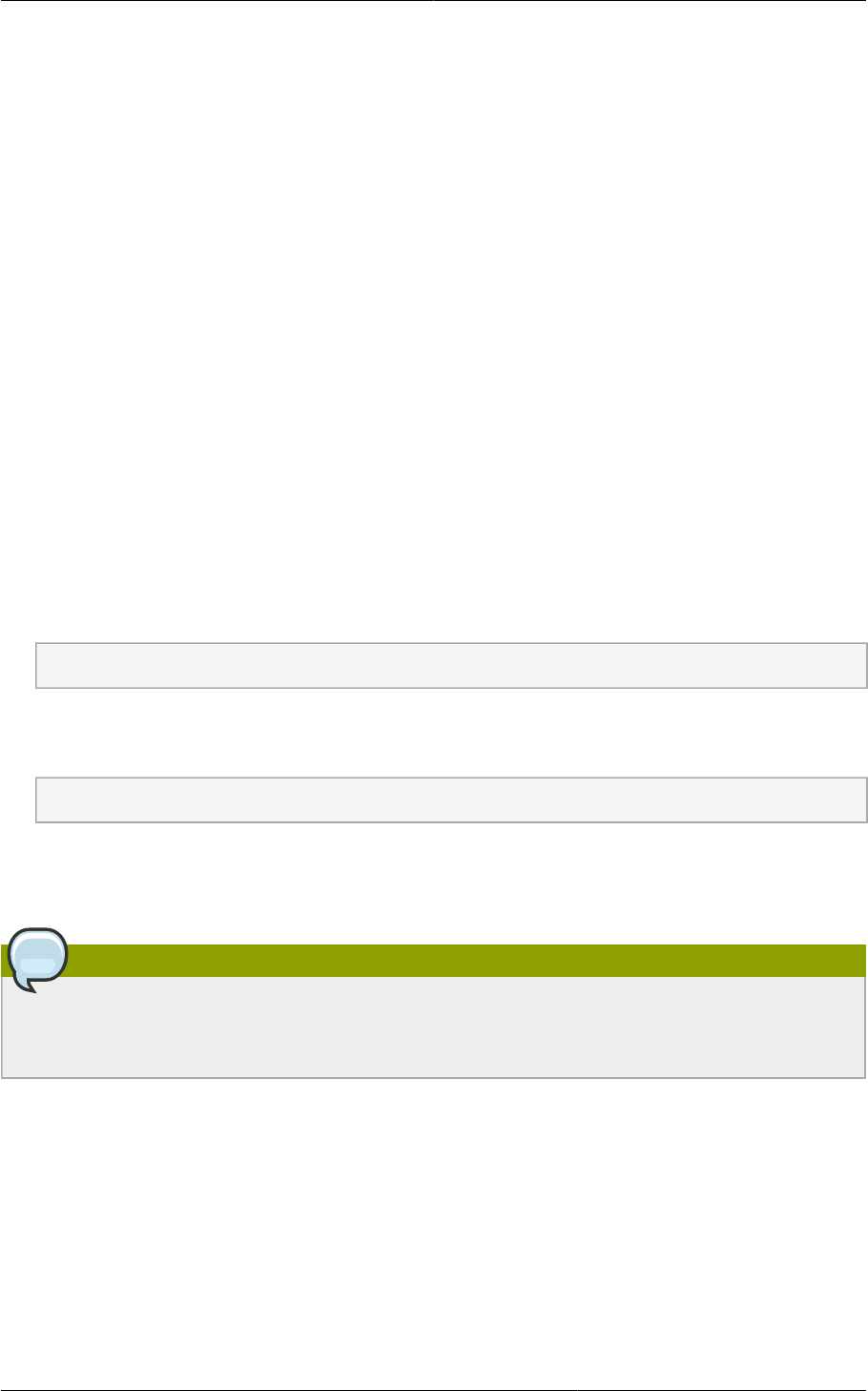
Adding a Zone
45
2. In the left navigation bar, click Regions.
3. Click the name of the region you want to delete.
4. Click the Remove Region button.
5. Repeat these steps for <region.2.IP.address>:8080/client.
8.3. Adding a Zone
Adding a zone consists of three phases:
• Create a mount point for secondary storage on the Management Server.
• Seed the system VM template on the secondary storage.
• Add the zone.
8.3.1. Create a Secondary Storage Mount Point for the New Zone
To be sure the most up-to-date system VMs are deployed in new zones, you need to seed the latest
system VM template to the zone's secondary storage. The first step is to create a mount point for the
secondary storage. Then seed the system VM template.
1. On the management server, create a mount point for secondary storage. For example:
# mkdir -p /mnt/secondary
2. Mount the secondary storage on your Management Server. Replace the example NFS server
name and NFS share paths below with your own.
# mount -t nfs nfsservername:/nfs/share/secondary /mnt/secondary
8.3.2. Prepare the System VM Template
Secondary storage must be seeded with a template that is used for CloudPlatform system VMs.
Note
When copying and pasting a command, be sure the command has pasted as a single line before
executing. Some document viewers may introduce unwanted line breaks in copied text.
1. On the Management Server, run one or more of the following cloud-install-sys-tmplt commands
to retrieve and decompress the system VM template. Run the command for each hypervisor type
that you expect end users to run in this Zone.
If your secondary storage mount point is not named /mnt/secondary, substitute your own mount
point name.
If you set the CloudPlatform database encryption type to "web" when you set up the database, you
must now add the parameter -s <management-server-secret-key>. See About Password and Key
Encryption.
